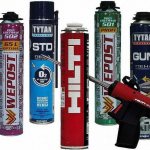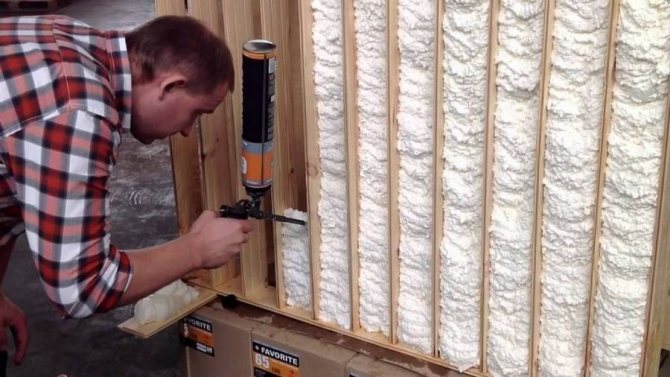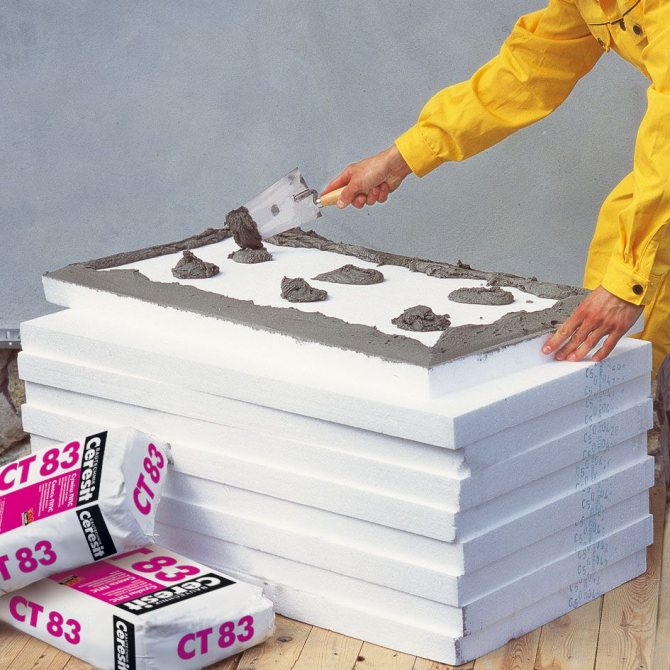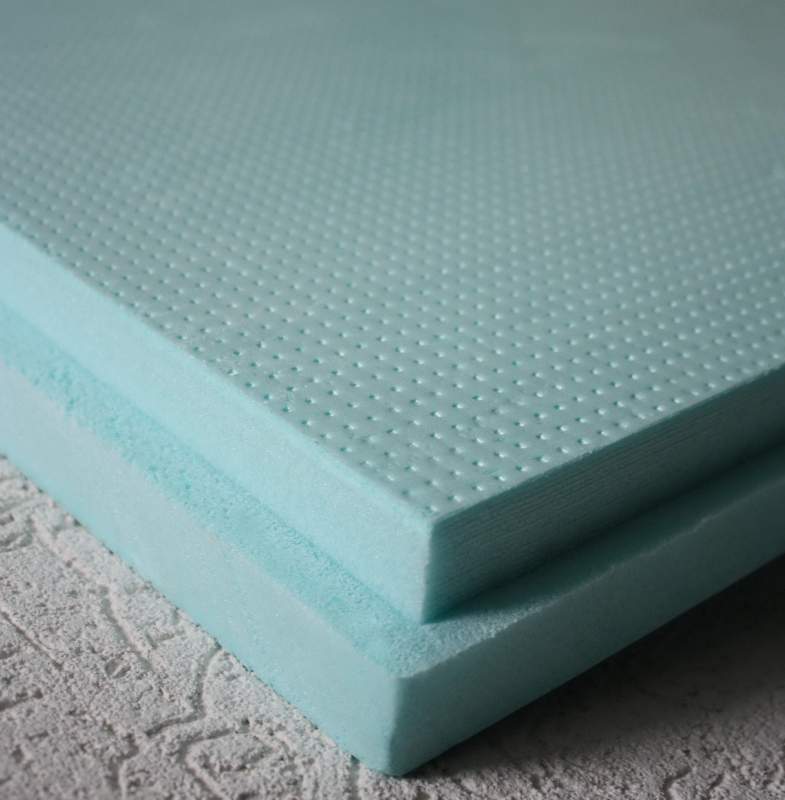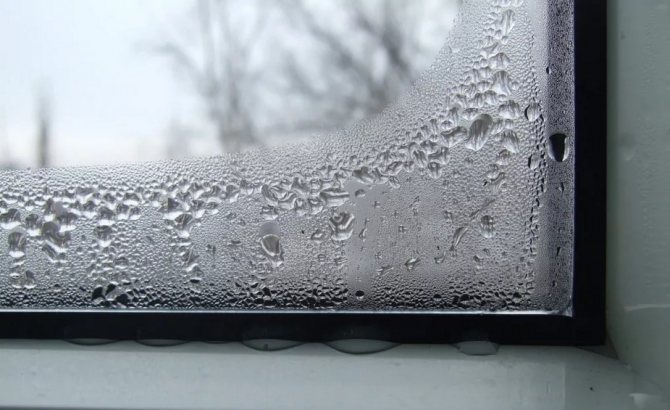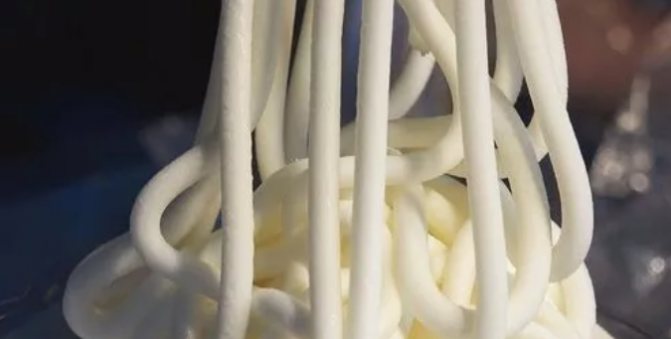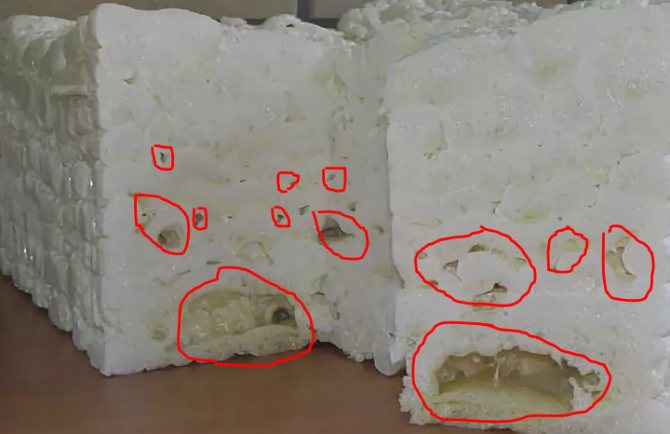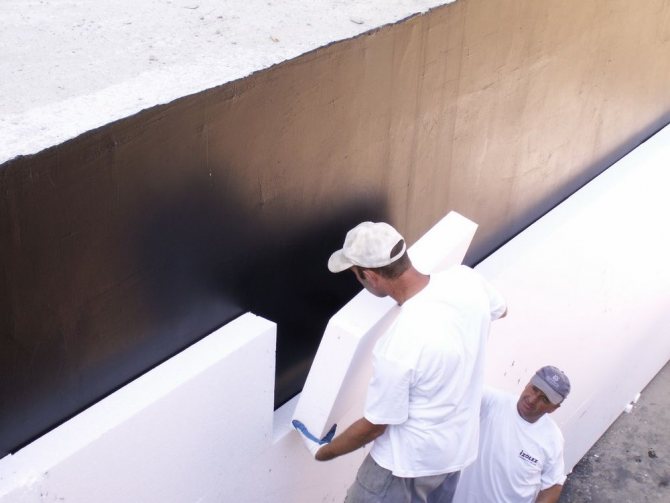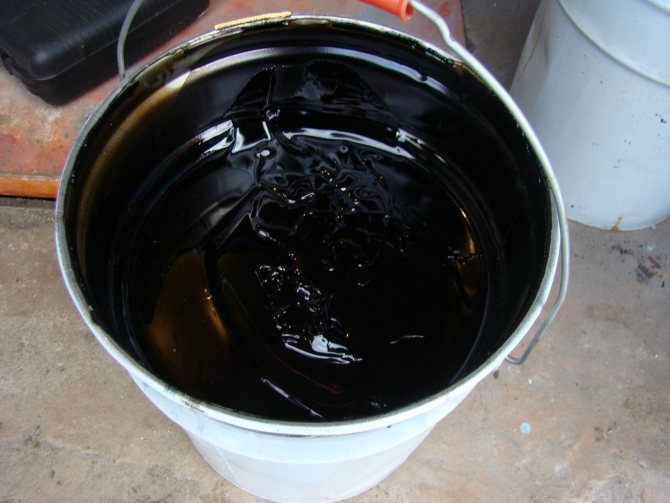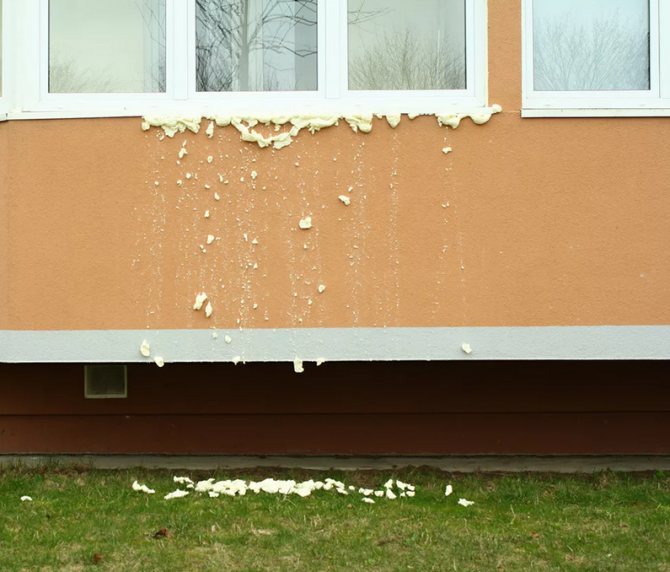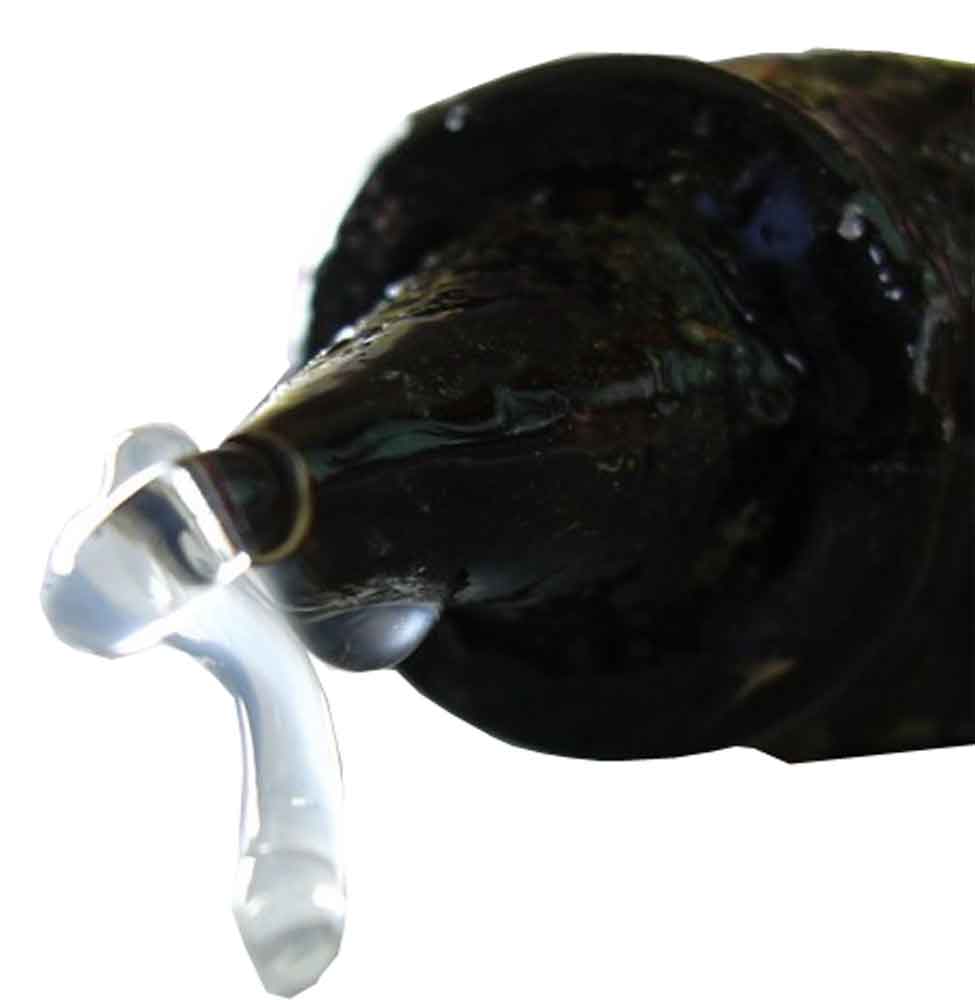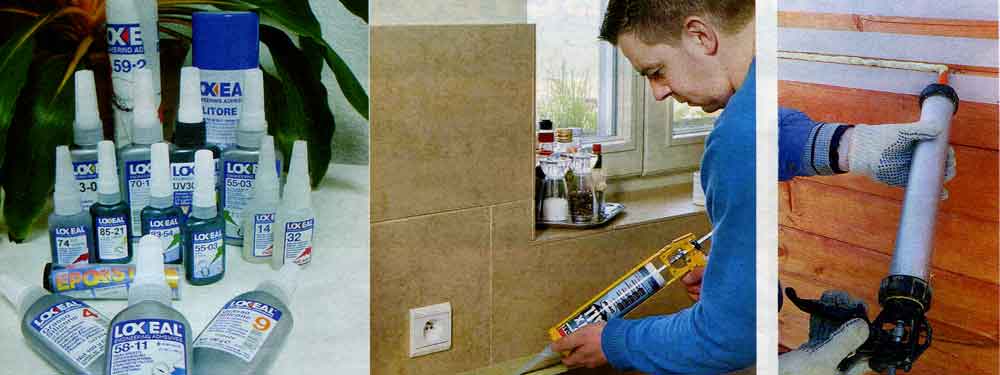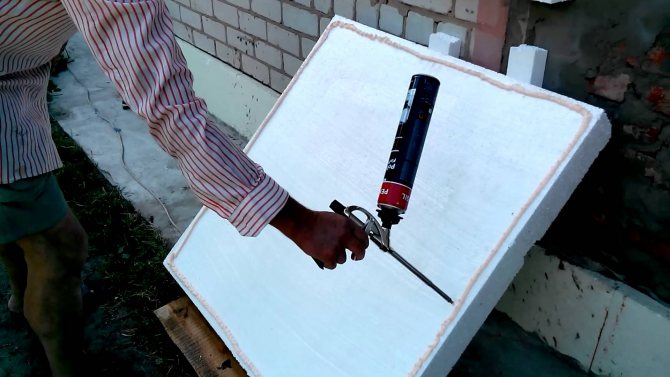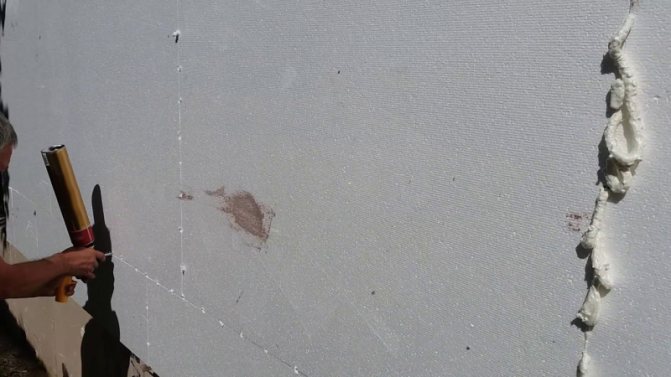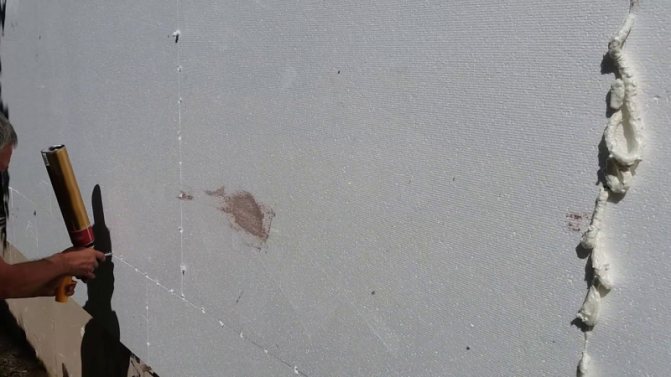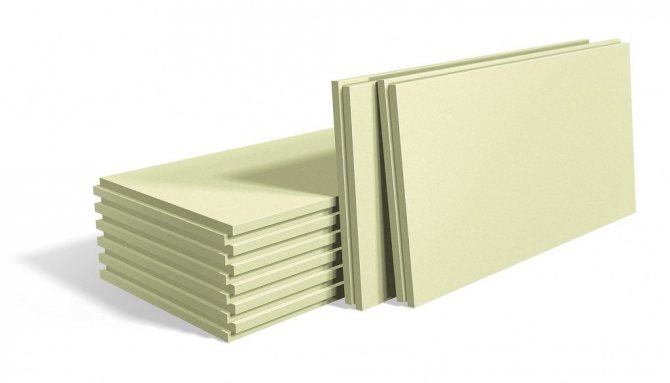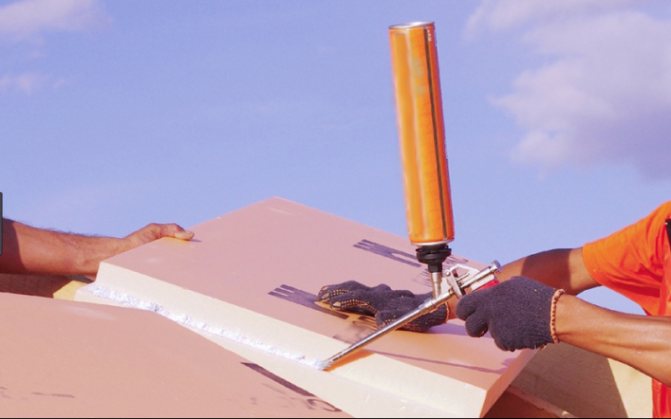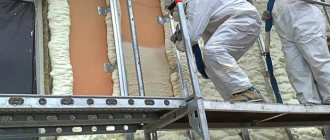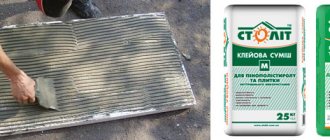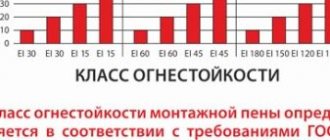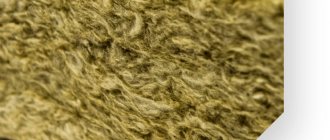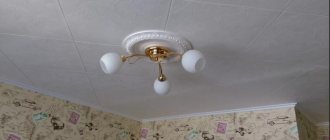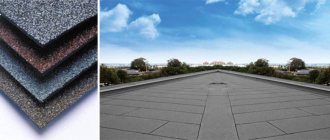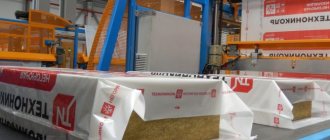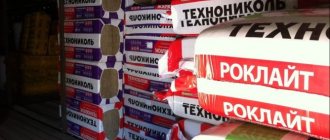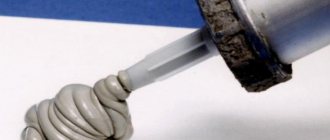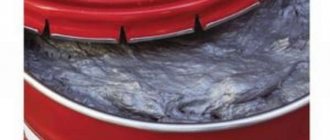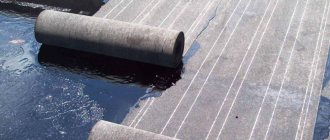During construction and installation work, it is difficult to do without polyurethane foam, and in some cases, adhesive foam may be required. Both polyurethane foam and glue-foam are supplied in cans, have almost the same consistency and an identical method of application to the surface using a special gun. However, there are also fundamental differences between them. In this article, we will understand the differences between polyurethane foam and glue-foam based on the properties, characteristics and scope of these two demanded products.
Properties
Do not confuse polyurethane foam with glue. By the way, there is glue in similar containers, which also foams. But there is a completely different composition and nothing can be reliably glued to the polyurethane foam. It can support / hold in a certain position, but none has the strength of the adhesive bond. So don't be confused. This is not her area of application.
How to understand which polyurethane foam is better?
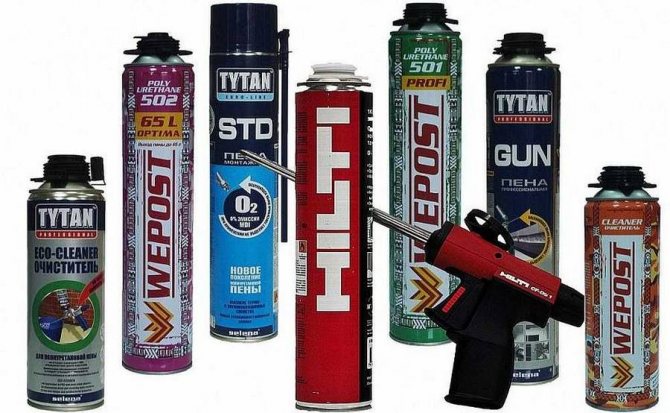
To correctly understand where you can use polyurethane foam, you need to know about its properties. They are very good:
- Mounting property. This is binding, joining, attaching (not gluing) parts of the structure.
- Soundproofing. It is impossible to call polyurethane foam sound insulation, but it reduces the noise level.
- Thermal insulation. Due to the large amount of air trapped in thin polymer bubbles, thermal conductivity is reduced.
- Good adhesion to almost all building materials. Cannot be used only with silicone, rubber, and some also with polyethylene.
The main use of construction foam is installation. It is not for nothing that it is called polyurethane foam. But as a heater and sound insulation, it is also not bad. Not perfect, but not bad. Filling seams, cracks, sealing / thermal insulation of utility bushings - this is its field of application. In this it is difficult for her to find competitors. Previously, how were such gaps filled? They were clogged with rags and covered with a solution. In this regard, foam is much more convenient and has better properties.
Plaster and adhesive mixture
Such mixtures are suitable for gluing PPP to gypsum plasterboard, brick, concrete, cinder block substrates. They need to be bred by ourselves, since they are realized in the form of a dry mass. The composition includes mineral components, plasticizers, Portland cement, a number of auxiliary additives. The mixtures are suitable for outdoor use and indoor decoration, they will hide all the unevenness of the base. The downside is the need for preliminary deep priming of the surface.
Ceresit CT-83
"Ceresit ST-83" is widely used for pasting the facades of buildings. It has excellent frost resistance, adheres well to wood, concrete, plaster, brick. After drying, ST-83 is breathable. Consumption per 1 sq. m is small, because it is enough to apply a mass of 1 cm thick (this is done with a notched trowel).
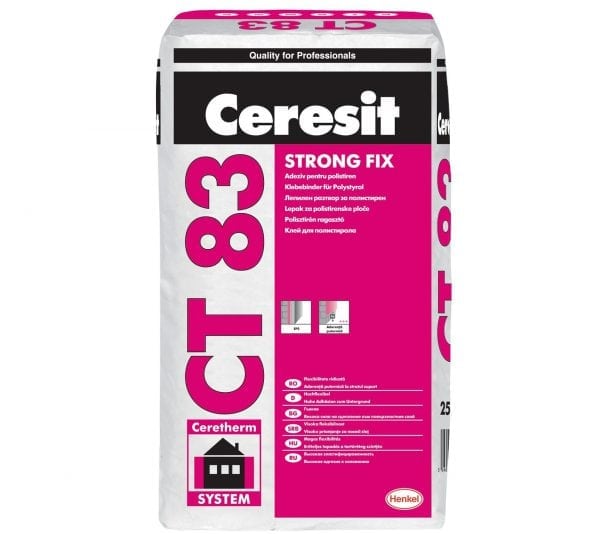

The company also produces high-quality Ceresit CT 85 glue, which is considered universal. High strength and plasticity are due to the polymers included in the composition. But this tool costs an order of magnitude more expensive than the previous one, so builders prefer ST-83. Both materials are applied in intermittent stripes, slightly receding from the edge for better air release.
Bergauf ISOFIX
Bergauf Isofix glue is a mixture of minerals, fillers, cement, sand, plasticizers, special additives. It is used for any premises and for outdoor use. Average consumption - up to 5.5 kg / sq. m, a thin layer (3 mm) is required. After dilution, the mixture is viable for 1.5 hours, it is possible to change the position of the slab on the wall within 25 minutes. The glue is sold in bags of 25 kg, it can glue extruded polystyrene foam with all types of surfaces.
We recommend: Polyfoam - thermal conductivity coefficient, density, technical characteristics
Important characteristics
Any type of polyurethane foam has two important characteristics - primary and secondary expansion... Primary expansion is how much the mass increases in volume before the end of polymerization. There are foams with both high and low primary expansion. Which polyurethane foam is better - high expansion or low expansion? It will not be possible to say unequivocally. They are used in different cases. Low expansion foam is good for filling small cavities, as well as for layer-by-layer filling of deep joints, when installing EPS. Large expansion is more beneficial when filling cavities, use as sound insulation, thermal insulation.
More specifically, for the installation of windows and doors, it is better to take foam with a small expansion. Moreover, both primary and secondary. Unfortunately, this is professional foam, so you also need a gun.
The left image is an illustration of a large secondary expansion. See how the primary framework ripped apart?
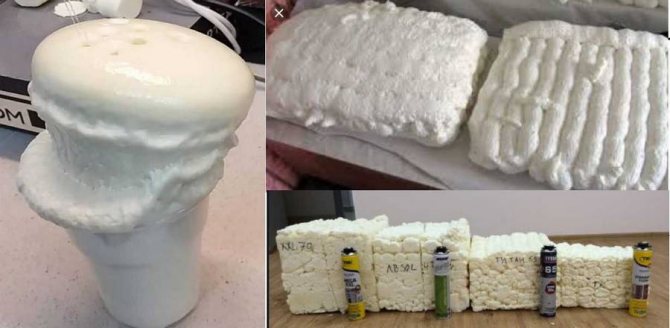

Secondary expansion is the increase in foam volume after the end of the polymerization process. Which polyurethane foam is better on this basis? Definitely one with less secondary expansion. Why? Because this process is difficult to predict. And the possible consequences are serious - deformation of flexible or moving parts. For example, a window frame or doorframes may buckle if the foam builds up. And even the spacers that are placed do not always help.
Why then do you need construction foam with a large secondary expansion? It has its own field of application - filling cavities and cracks in rigid and stable materials and structures. For example, in concrete, as a heat-insulating aggregate between the wall and the brick finish. Foam with high secondary expansion is cheaper. This is important for large volumes.
Foam outlet
Another thing to pay attention to is the foam release. This is the volume that can come out of the balloon. It is indicated in liters. Generally, the larger the cylinder, the greater the yield. But not always. With the same cylinder size, the difference in yield can be on the order of 20-30%. It can be determined by weight. The heavier the cylinder (weight indicated), the greater the output will be.
As you can see, cylinders of the same appearance contain different amounts of foam.


What else is worth knowing that the actual yield of polyurethane foam is usually less than the declared one (more often household types sin with this). To ensure the required volume, it is necessary to accurately select the proportions of prepolymer and filler gas. And not all brands can boast of this. Here is a list of those who consistently give out the declared volumes:
- Soudal (Soudal) professional lines (not household).
- Penosil (Penosil) Gold (Gold) and Premium (Premium).
- Moment Installation (very inexpensive and widespread).
- Wellfoam (WellFom).
- Hilti (Hilty).
- Kim Tec
- Den Braven
- Illbruck
- Tytan (Titan) (some parties either do not work at all or give out less than half of the declared).
There may be other good brands of construction foam out there. But it is these, according to the builders, who fail very rarely. When buying, look at production date... After a year, the valve begins to poison, the filler gas comes out, and the output decreases accordingly.
For good foam to retain its properties, it must be properly stored.
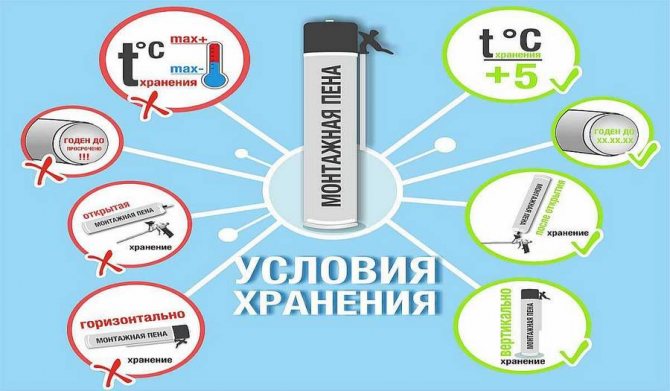

Note! It is necessary to work with polyurethane foam, which has room temperature. In cold weather, you must first warm it up. Even winter or all-season.
How to glue polystyrene foam to concrete or brick
Styrofoam fixing scheme Adhesive application to the slab Mounting on a brick wall
After completing the preparation, you can proceed directly to the installation. In this case, it is advisable to follow the following recommendations:
- before gluing polystyrene foam to brick or concrete, we putty the insulated surface with the same adhesive mixture, on which the slabs will later be laid to form the base layer;
- we will also pre-glue the PPU boards with glue and let them dry.
Attention! to insulate the facades of the house with extruded polystyrene foam, you can use only special polyurethane glue for extruded polystyrene foam. Only in this case, you can count on the durability of the coating. It is recommended to use polyurethane glue for extruded polystyrene foam - it can be used to glue PPS with maximum quality.
- Do-it-yourself insulation of the walls of the PPP from the outside or from the inside, we always carry out from the bottom up.
- We make installation and fastening of extruded polystyrene foam to the wall with our own hands to the wall using the "deck" method, when the slabs of each subsequent row are slightly displaced in relation to the previous one. Such insulation of walls outside and inside with expanded polystyrene makes it possible to avoid the so-called "bridges" of cold and vertical through slots.
Types and application
All cylinders with polyurethane foam can be divided according to the field of application: domestic and professional. They are also different in appearance. Professional ones are made for a special pistol. You can't work without it. Household ones have a pressure valve (like in aerosols) and a long thin tube. Obviously, these are not all the differences. There is a difference in properties:
- Curing speed. Professional ones harden faster. Some brands get tough after just 30 minutes. The “normal cure time” is 24 hours. This is how much it is recommended to wait after applying the foam before continuing to work.
- Secondary expansion amount. For professionals, it is about 30-50% of the primary volume, for households it can be 130-250%.
- The dimensions of the cavities. Foam consisting of small bubbles is considered good. This is the difference between professional ones, although some household ones also have few large cavities. But they cannot be classified as cheap either.
Which polyurethane foam is better, we decide according to the characteristics
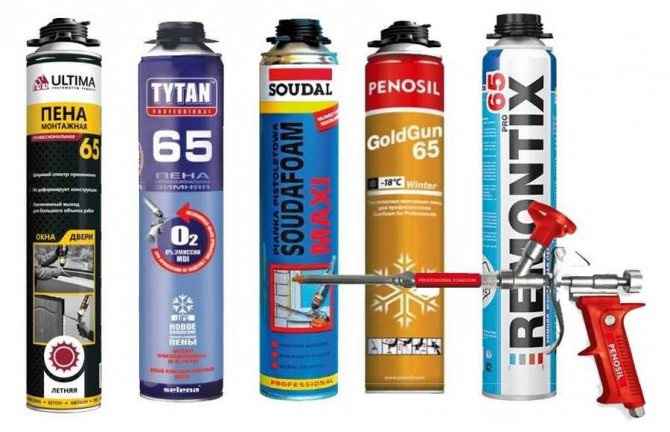

The most annoying of the whole list is the large secondary extension. Why is that bad? The fact that when foaming windows, door frames, strongly increasing foam can bend wood or profiles. Well, and because it grows too actively, it is difficult to dose it, which leads to a large overrun. So the difference in price turns out to be quite insignificant as a result. If it stays at all.
When and where to apply these types of polyurethane foam? Household foam is also suitable for filling cavities and holes in rigid structures. For example, Boxer, Ultima, Cosmoflex, Wellfom, Fount. When installing doors and windows, it is best to work with a professional. These are Ilbruk, Penosil, Soudal, Titan.
Types by seasons
Polyurethane foam is also divided according to the temperature regime of application. There are the following types:
- Summer. Apply at positive temperatures, but not lower than + 5 ° C.
- Winter. It can be used in freezing temperatures down to -18 ° C.
- All-season. Its range is stated from -10 ° C to + 35 ° C, but it is optimal to use it somewhere in the region from + 10 ° C to zero. At lower temperatures, winter is better, at higher ones, summer is better.
Which polyurethane foam is better: which is suitable for temperature conditions
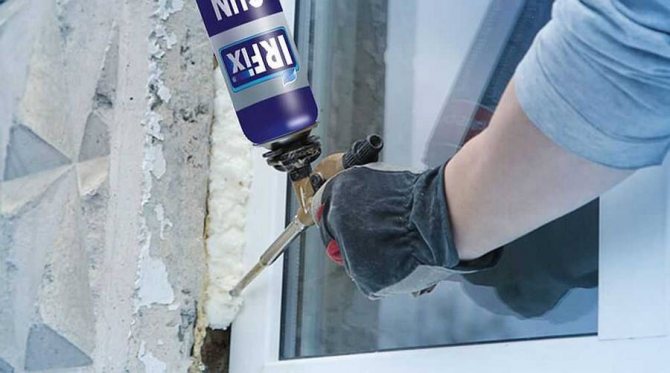

In a heated room, we use summer foam, if we foam windows in winter - winter or all-season - depending on the temperature outside. In general, "specialized" shows itself better - summer or winter. They are adapted to certain conditions, and this is always more reliable than the universal version (all-season).
When working in winter, do not leave the foam in the cold. Bring in warm. If it is supercooled, it will be too fluid, will not keep its shape. In general, we always keep the foam warm. And more - more foam comes out of a warm balloon.
Flammability
Polyurethane foam must be selected according to its combustibility. There are three classes:
- fuel - there is B3 on the cylinder;
- self-extinguishing (no fire, it does not burn) marked with B2;
- non-flammable (even in fire retains its properties for a certain period of time) is designated by class B1.
Flammable and non-combustible polyurethane foams. The degree of flammability is indicated by the letter B and numbers from 1 to 3. B1 - non-flammable, B2 - self-extinguishing, B3 - combustible
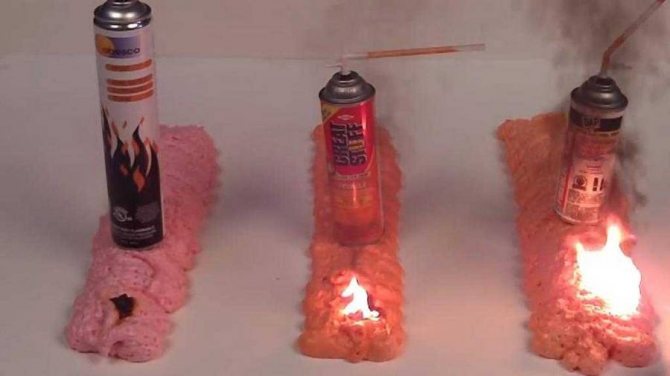

In wooden and frame buildings, it is best to use non-combustible construction foam. It should also be used in rooms with increased fire safety requirements. In houses, such a room is a boiler room. Every serious manufacturer has fireproof / non-combustible polyurethane foam. It is necessary to look in a professional line. For example, Tytan B1, Soudal FR, Den Braven (Den Braven), Kim-Tec (Kim Tek).
There are also two-component polyurethane foams. But they harden very quickly, so they are used by professionals, and even then not all. You need skill to work, but two-component foam is enough.
Special types
There are some types of jobs that require special properties.
- With increased adhesion to wood. There are different brands, for example, VIK (Vik) professional and household, FOAM 65, AkFix 940.
- Heat resistant. Used to seal chimney outlets. In general, you can take any with a fire resistance class of class B1. Even if it darkens or turns black, it will not lose its properties. Examples: Penosil Fire Rated B1 (marketed as foam for chimneys), Tytan Professional B1. Which polyurethane foam is better? The one in which there are fewer large cavities

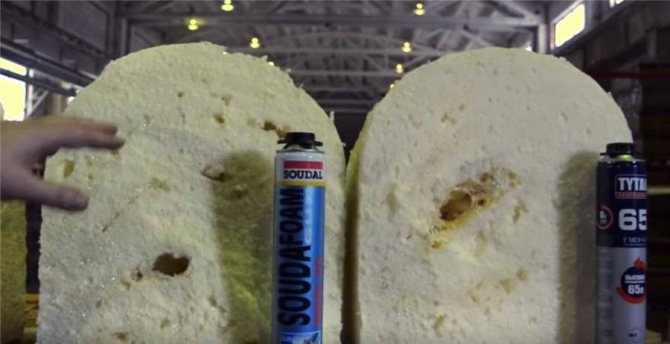
- Very fast, almost instant polymerization (eg Soudal 2K). They are used in works at height, when it is impossible to wait even 30 minutes. They are used by industrial climbers during installation and repair work.
- Remain flexible after hardening: AkFix Maximum 65, PROFPUR ELASTICFORCE and others. Such foams are needed in places where there is constant vibration or tensile stress.
The listed brands are far from the only ones. There are others. Look at serious manufacturers of construction chemicals, read the characteristics, look for reviews. We are already accustomed to the fact that the declared characteristics do not always coincide with reality.
Polyurethane Adhesive Manufacturers
As you know, demand creates supply. In this regard, many well-known manufacturers are engaged in the production of foam glue. They improve their technologies and create all the best mixtures. The assortment of goods is really very large. Ceresit, Knauf, Master Titan, known to all, can rightfully be called one of the best. On sale you can find both dry mixes and polyurethane.
Ceresit CT84 is a worthy representative of polyurethane compounds. German products have always been famous for their quality. Ceresit CT84 has received a lot of positive feedback. The wet method can be used to insulate not only the premises from the inside, but also the facade of the building. The detailed characteristics of the composition are given below:
- After application, the composition will harden within 2-3 hours. At the same time, the recommended temperature is from 10 to 20 degrees Celsius.
- It is allowed to work with the material at temperatures from -10 to +40 degrees.
- The principle of application is by means of an assembly gun.
- Consumption: 1 cylinder of 850 ml is used for processing from 6 to 10 m2 of surface.
- Price: you will have to pay 450-500 rubles for an 850 ml cylinder.
Another variant of polyurethane-based glue is Tytan Styro 753. Master Tytan Professional is a company from Poland. They managed to create a good aerosol adhesive that is versatile and well suited for foam insulation work.
Compared to dry mixes, titanium glue installation takes 5 times less time. Already after 2 hours, the foam sheet is ready to be reinforced with dowels.
Now let's look at the technical characteristics:
- The final solidification occurs after a record 30 minutes. This makes the installation work very fast.
- The recommended air temperature is from zero to +30 degrees.
- You have 15 minutes to correct and adjust the sheet.
- For application, you will need an assembly gun.
- The bottle has 750 ml. Despite this, it is enough to cover 10 m2 of area.
- The price of the balloon is 350-400 rubles.
This is a great option for an adhesive composition. With excellent characteristics, the product has an acceptable cost.You can be sure that with such a fixation of the foam, it will not fall off after a few years.
Professional polyurethane foam guns
If you decide to use professional polyurethane foam, you will need a gun for it. The range of prices here is large. But for a single use, you can take an inexpensive one. The price does not affect the amount of foam. It's just that the more expensive ones better control the intensity of the foam release, deliver it over a greater distance.
Professional polyurethane foam requires a special gun
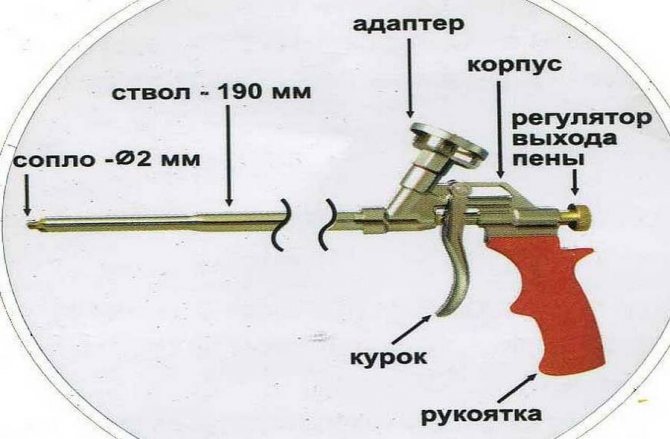

The ability to adjust the flow rate is in any, but the level of control is different. After work, if the cylinder is not empty, it can remain in the gun for 2 weeks or a month. During this period, you can simply continue to work. But the "loaded" pistol should be stored in a warm room, not in the sun.
When replacing the cylinder, if the foam goes well, no additional manipulations are needed. If the foam stops coming out and the can is not empty, the nozzle may clog. Then the nozzle can be flushed. If the liquid comes out without problems, then the problem is in the cylinder. Usually the propellant runs out prematurely, but copolymer can run out too. After the end of the work, the cylinder is removed, the gun (nozzle) is washed with a solvent (polyurethane cleaner) foam. No other manipulations are required.
Fastening of expanded polystyrene - mechanical connections
After the adhesive has hardened, the thermal insulation boards must be additionally secured with mechanical connectors. Their type, length, number and location should be included in the insulation project. Usually, plastic dowel-umbrellas are used for expanded polystyrene, 5 cm longer than the thickness of the foam.
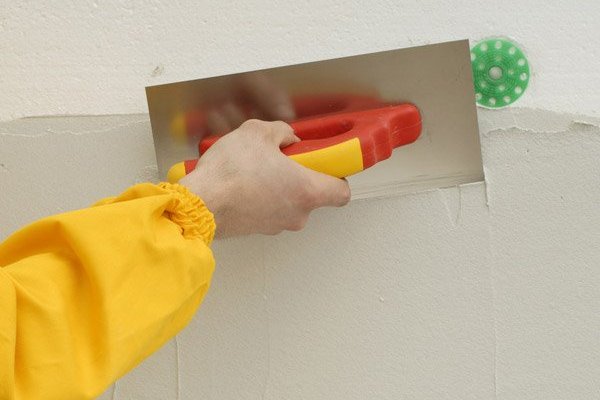

The number and placement of mechanical connectors depends on the specifics of the building (including the wind load zone) and the height, but it is generally recommended that there are at least 4 of them per m2 (except for the corners of the building, where the number of dowels should be increased).


Fungus dowel for fixing foam
Foam fixing fungi are used only in conjunction with glue. Without it, a gap will remain under the thermal insulation through which air will circulate (according to the principle of a ventilated facade). We have already spoken about the consequences.
To fix the sheets of insulation, a hole is drilled through them with a perforator. Then a dowel is hammered into them. The mushroom cap holds the foam securely. One sheet requires five dowels. To learn more about this type of fastener, read our article "Dowels-fungi".
Basic rules for attaching foam
High-quality fixing of foam to the wall is the basis for insulating a house. During installation, the main thing is that the material fits snugly to the working surface. It is impossible for air to circulate between the thermal insulation and the wall, otherwise the entire effect of insulation is reduced to zero. When the air blows over the wall, it takes with it all the heat that passed through the enclosing structure. At the same time, polystyrene does not save the situation in any way - it just hangs on the wall.
In theory, all the heat that passed through the wall upon contact with the insulation stops its movement, since the thermal conductivity of the foam is very low (0.034 W / m * K). In this case, the wall begins to accumulate heat and give it back to the room. But one has only to allow a loose fit of the insulation to the wall, and the whole scheme collapses before our eyes. This is why the preparation of the work surface is also important. The smoother the wall, the less chance there will be ventilated air gaps under the foam. Particular attention should be paid to the bottom and side ends of the insulating cake.
Loose insulation vermiculite can be used for thermal insulation of walls, but certain conditions must be met for this.
But, for example, adhesive-based insulation is not used at all for these purposes.
When insulating a house with mineral wool using the wet facade technique, a basement profile is used. It supports the sheets of mineral wool, and also blocks the path of air. For foam plastic, a plinth profile is not necessary, since this material is lightweight. It is enough to properly seal the bottom edge. To fix the foam to the wall, use:
- universal dry building mixtures;
- glue foam;
- dowels fungi.
Before attaching the foam, familiarize yourself with the technology, according to which you need to combine several fastener options.
general information
Saving resources is always important, especially when the cold season comes. Thinking about alternative ways of storing thermal energy, many decide to insulate themselves with heat-insulating plates. Not so long ago, an interesting type of insulation appeared on the market - expanded polystyrene, which is a modernized version of the foam that is familiar to us. With a more efficient heat transfer coefficient, it is used for external cladding, in foundations, in the construction of roofs and ceilings. Expanded polystyrene (PPS) is a material for insulating facades. It is a polymer that is blown up / filled with gas. Has a closed granule structure. Almost one hundred percent content of gases in the composition gives it impeccable heat-insulating and sound-absorbing properties. Choosing an adhesive for expanded polystyrene is not such an easy task as it might seem at first glance. The vending product may have contraindications and incompatibility in use. The main thing is that the glue does not contain substances that can dissolve the PPS structure:
- xylene
- acetone
- toluene
- drying oil
- formaldehyde
- epoxy resin
- polyester resin
- gasoline-kerosene-containing substances
If you are convinced that the composition of the glue does not threaten the integrity of the expanded polystyrene, you can buy it.

